
MySQL Lookup Table Guide
November 13, 2023
MySQL lookup tables are specialized tables used primarily for mapping key values to corresponding data. They provide an efficient way to store and retrieve static or rarely changed data, often used for things like status codes, configuration settings, or reference data.
Understanding Lookup Tables
A lookup table typically consists of a unique identifier and associated values. These tables are beneficial for data normalization, reducing data redundancy, and improving query performance.
Example Structure
CREATE TABLE status_codes ( status_id INT PRIMARY KEY, status_name VARCHAR(255) );
Creating a Lookup Table
When creating a lookup table, focus on defining a clear and concise structure that effectively maps keys to values.
Design Considerations
- Use meaningful primary keys.
- Keep the table structure simple.
- Optimize data types for storage efficiency.
Sample Table Creation
CREATE TABLE countries ( country_code CHAR(2) PRIMARY KEY, country_name VARCHAR(50) );
Populating a Lookup Table
Populating a lookup table involves inserting the key-value pairs that will be used for reference.
Insert Data
INSERT INTO countries (country_code, country_name) VALUES ('US', 'United States'), ('CA', 'Canada'), ('MX', 'Mexico');
Querying a Lookup Table
To retrieve data from a lookup table, use standard SQL queries, typically joining the lookup table with other tables.
Sample Query
SELECT users.name, countries.country_name FROM users JOIN countries ON users.country_code = countries.country_code;
You could ship faster.
Imagine the time you'd save if you never had to build another internal tool, write a SQL report, or manage another admin panel again. Basedash is built by internal tool builders, for internal tool builders. Our mission is to change the way developers work, so you can focus on building your product.
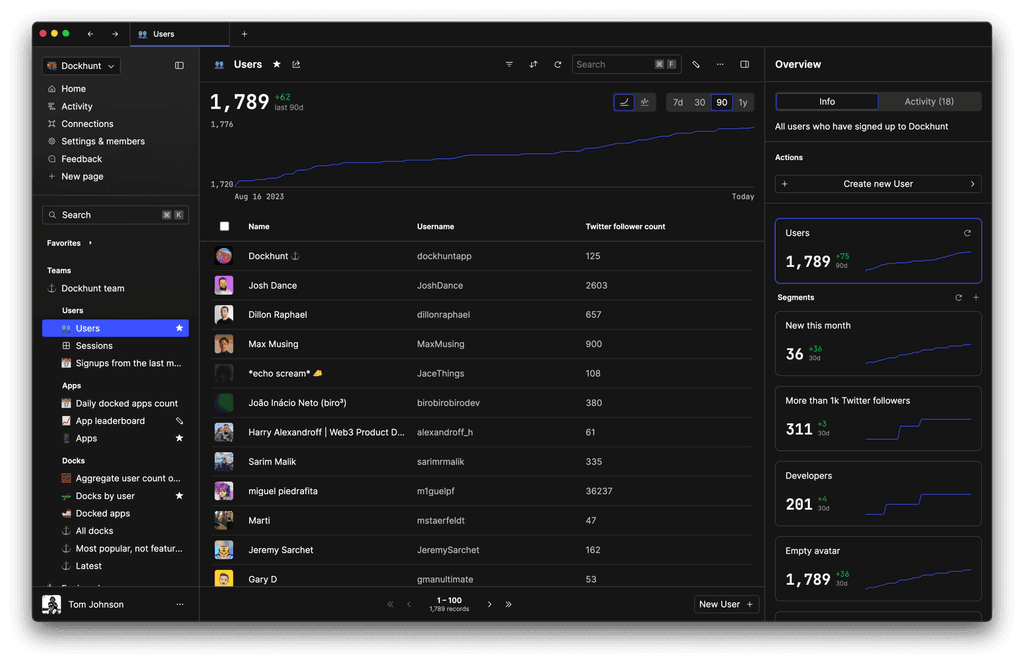
Managing Lookup Tables
Regularly review and update lookup tables to ensure they reflect the current state of your reference data.
Updating Records
UPDATE countries SET country_name = 'United Kingdom' WHERE country_code = 'GB';
Optimizing Lookup Tables
For performance optimization, consider indexing columns frequently used in JOIN operations.
Adding an Index
CREATE INDEX idx_country_code ON countries(country_code);
Use Cases in Applications
Lookup tables are widely used in applications for managing static reference data like configuration settings, enumeration mappings, and predefined lists.
Integrating with External Tools
In some scenarios, integrating lookup tables with external tools like Basedash can enhance data management. For example, Basedash allows you to create and manage admin panels for your databases, including lookup tables, offering features like sharing SQL queries and generating charts.
Best Practices
- Regularly back up lookup tables.
- Avoid overloading lookup tables with unrelated data.
- Ensure consistent data types across tables for keys.
TOC
November 13, 2023
MySQL lookup tables are specialized tables used primarily for mapping key values to corresponding data. They provide an efficient way to store and retrieve static or rarely changed data, often used for things like status codes, configuration settings, or reference data.
Understanding Lookup Tables
A lookup table typically consists of a unique identifier and associated values. These tables are beneficial for data normalization, reducing data redundancy, and improving query performance.
Example Structure
CREATE TABLE status_codes ( status_id INT PRIMARY KEY, status_name VARCHAR(255) );
Creating a Lookup Table
When creating a lookup table, focus on defining a clear and concise structure that effectively maps keys to values.
Design Considerations
- Use meaningful primary keys.
- Keep the table structure simple.
- Optimize data types for storage efficiency.
Sample Table Creation
CREATE TABLE countries ( country_code CHAR(2) PRIMARY KEY, country_name VARCHAR(50) );
Populating a Lookup Table
Populating a lookup table involves inserting the key-value pairs that will be used for reference.
Insert Data
INSERT INTO countries (country_code, country_name) VALUES ('US', 'United States'), ('CA', 'Canada'), ('MX', 'Mexico');
Querying a Lookup Table
To retrieve data from a lookup table, use standard SQL queries, typically joining the lookup table with other tables.
Sample Query
SELECT users.name, countries.country_name FROM users JOIN countries ON users.country_code = countries.country_code;
You could ship faster.
Imagine the time you'd save if you never had to build another internal tool, write a SQL report, or manage another admin panel again. Basedash is built by internal tool builders, for internal tool builders. Our mission is to change the way developers work, so you can focus on building your product.

Managing Lookup Tables
Regularly review and update lookup tables to ensure they reflect the current state of your reference data.
Updating Records
UPDATE countries SET country_name = 'United Kingdom' WHERE country_code = 'GB';
Optimizing Lookup Tables
For performance optimization, consider indexing columns frequently used in JOIN operations.
Adding an Index
CREATE INDEX idx_country_code ON countries(country_code);
Use Cases in Applications
Lookup tables are widely used in applications for managing static reference data like configuration settings, enumeration mappings, and predefined lists.
Integrating with External Tools
In some scenarios, integrating lookup tables with external tools like Basedash can enhance data management. For example, Basedash allows you to create and manage admin panels for your databases, including lookup tables, offering features like sharing SQL queries and generating charts.
Best Practices
- Regularly back up lookup tables.
- Avoid overloading lookup tables with unrelated data.
- Ensure consistent data types across tables for keys.
November 13, 2023
MySQL lookup tables are specialized tables used primarily for mapping key values to corresponding data. They provide an efficient way to store and retrieve static or rarely changed data, often used for things like status codes, configuration settings, or reference data.
Understanding Lookup Tables
A lookup table typically consists of a unique identifier and associated values. These tables are beneficial for data normalization, reducing data redundancy, and improving query performance.
Example Structure
CREATE TABLE status_codes ( status_id INT PRIMARY KEY, status_name VARCHAR(255) );
Creating a Lookup Table
When creating a lookup table, focus on defining a clear and concise structure that effectively maps keys to values.
Design Considerations
- Use meaningful primary keys.
- Keep the table structure simple.
- Optimize data types for storage efficiency.
Sample Table Creation
CREATE TABLE countries ( country_code CHAR(2) PRIMARY KEY, country_name VARCHAR(50) );
Populating a Lookup Table
Populating a lookup table involves inserting the key-value pairs that will be used for reference.
Insert Data
INSERT INTO countries (country_code, country_name) VALUES ('US', 'United States'), ('CA', 'Canada'), ('MX', 'Mexico');
Querying a Lookup Table
To retrieve data from a lookup table, use standard SQL queries, typically joining the lookup table with other tables.
Sample Query
SELECT users.name, countries.country_name FROM users JOIN countries ON users.country_code = countries.country_code;
You could ship faster.
Imagine the time you'd save if you never had to build another internal tool, write a SQL report, or manage another admin panel again. Basedash is built by internal tool builders, for internal tool builders. Our mission is to change the way developers work, so you can focus on building your product.

Managing Lookup Tables
Regularly review and update lookup tables to ensure they reflect the current state of your reference data.
Updating Records
UPDATE countries SET country_name = 'United Kingdom' WHERE country_code = 'GB';
Optimizing Lookup Tables
For performance optimization, consider indexing columns frequently used in JOIN operations.
Adding an Index
CREATE INDEX idx_country_code ON countries(country_code);
Use Cases in Applications
Lookup tables are widely used in applications for managing static reference data like configuration settings, enumeration mappings, and predefined lists.
Integrating with External Tools
In some scenarios, integrating lookup tables with external tools like Basedash can enhance data management. For example, Basedash allows you to create and manage admin panels for your databases, including lookup tables, offering features like sharing SQL queries and generating charts.
Best Practices
- Regularly back up lookup tables.
- Avoid overloading lookup tables with unrelated data.
- Ensure consistent data types across tables for keys.
What is Basedash?
What is Basedash?
What is Basedash?
Basedash is the best MySQL admin panel
Basedash is the best MySQL admin panel
Basedash is the best MySQL admin panel
If you're building with MySQL, you need Basedash. It gives you an instantly generated admin panel to understand, query, build dashboards, edit, and share access to your data.
If you're building with MySQL, you need Basedash. It gives you an instantly generated admin panel to understand, query, build dashboards, edit, and share access to your data.
If you're building with MySQL, you need Basedash. It gives you an instantly generated admin panel to understand, query, build dashboards, edit, and share access to your data.
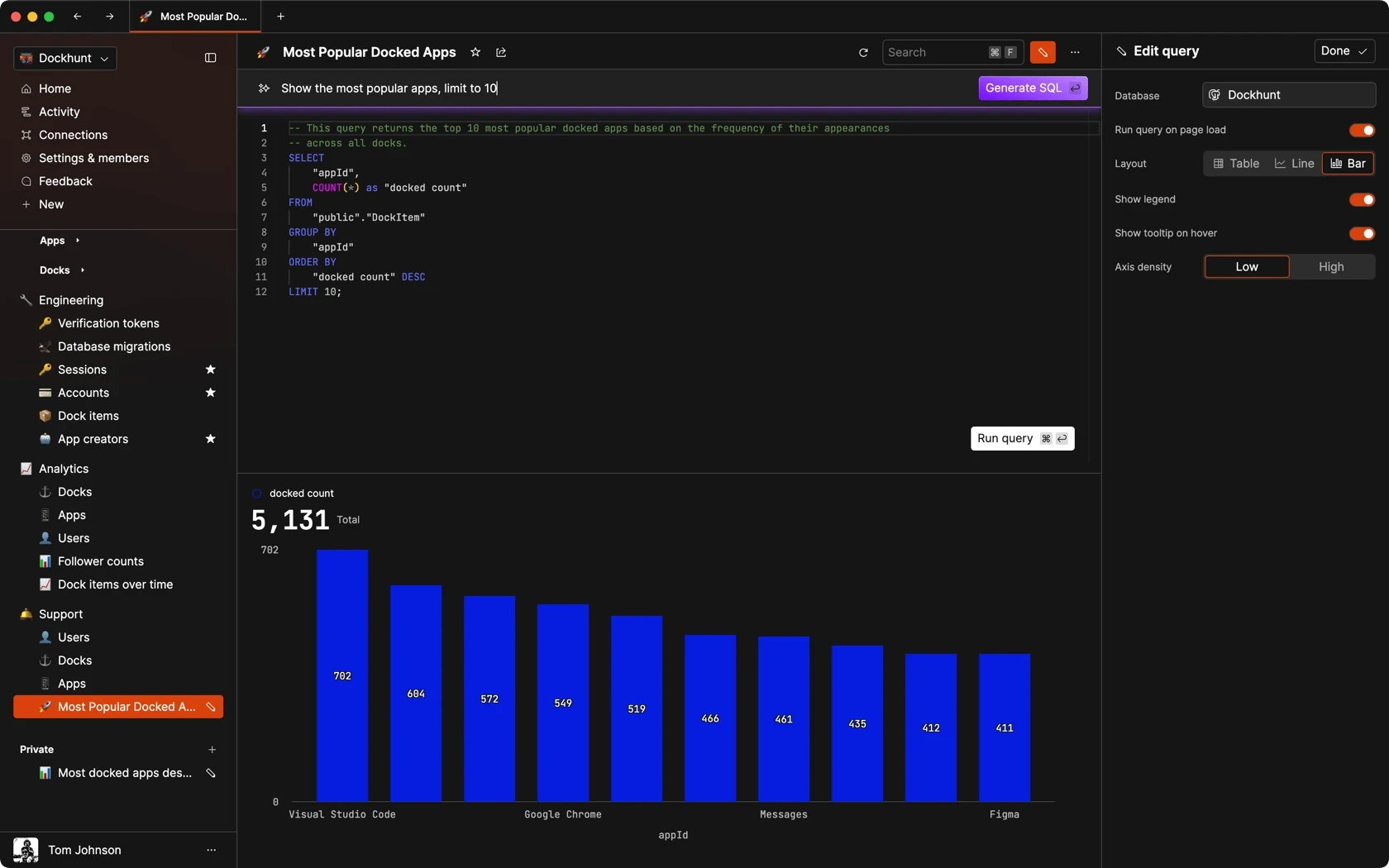
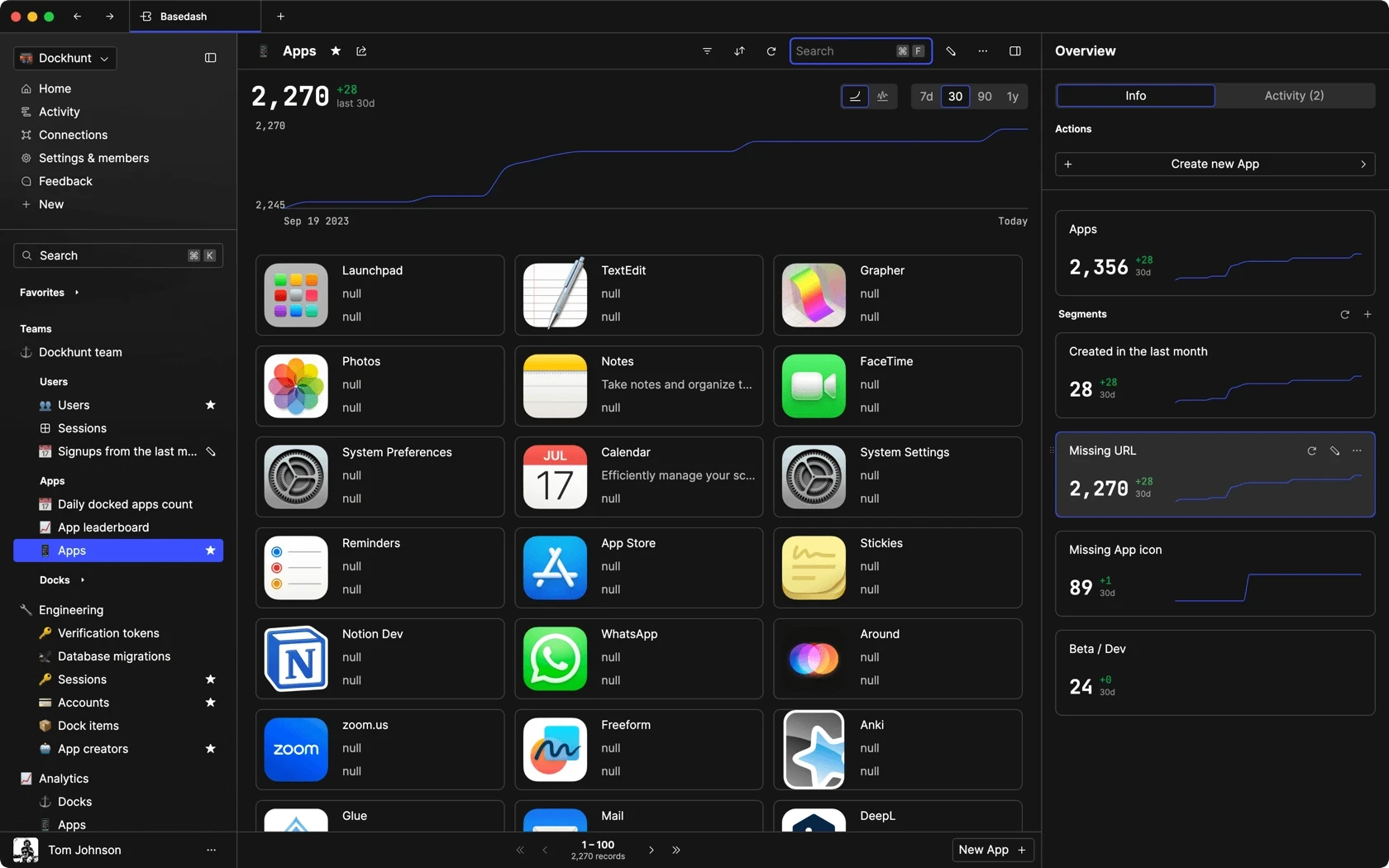
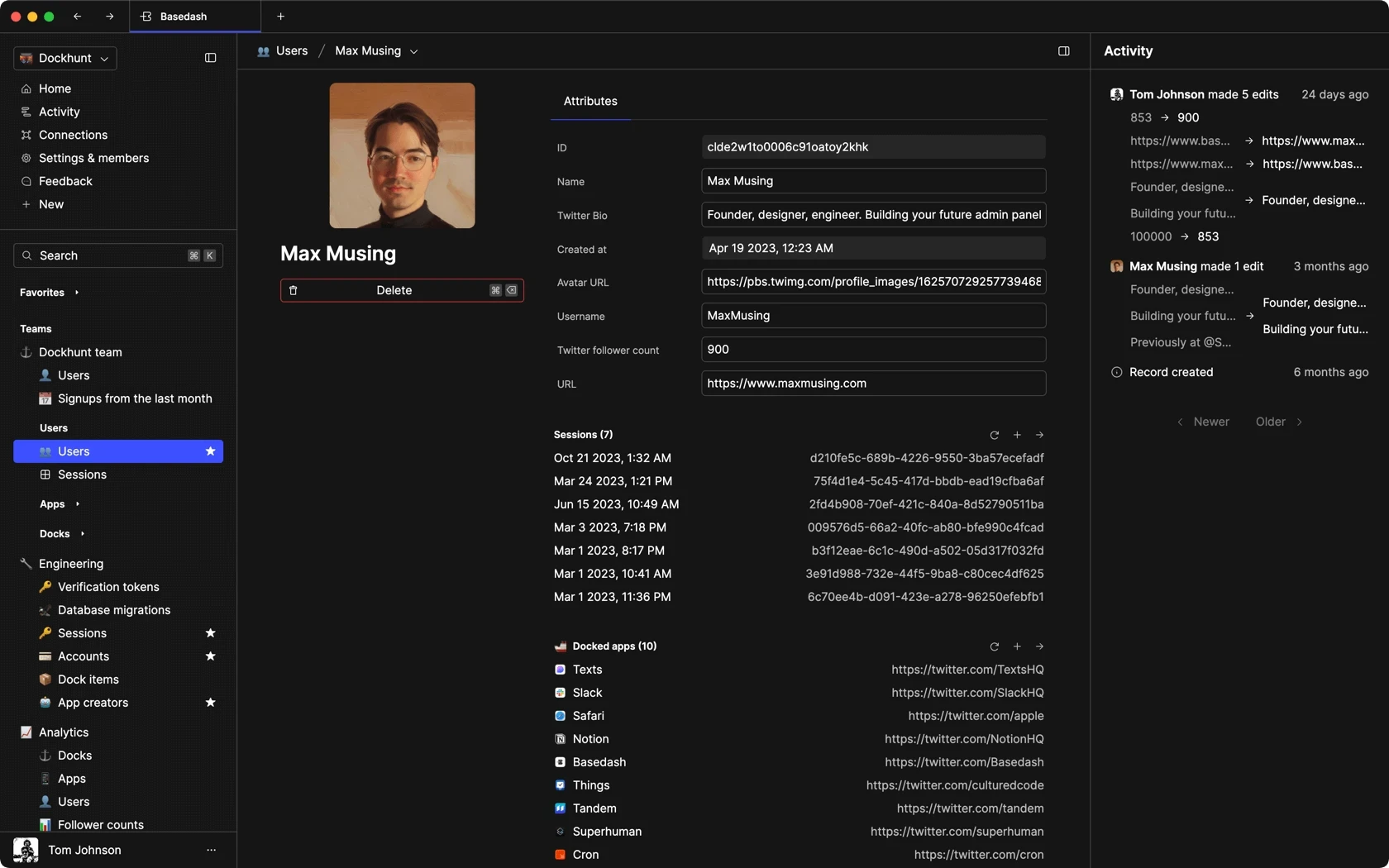
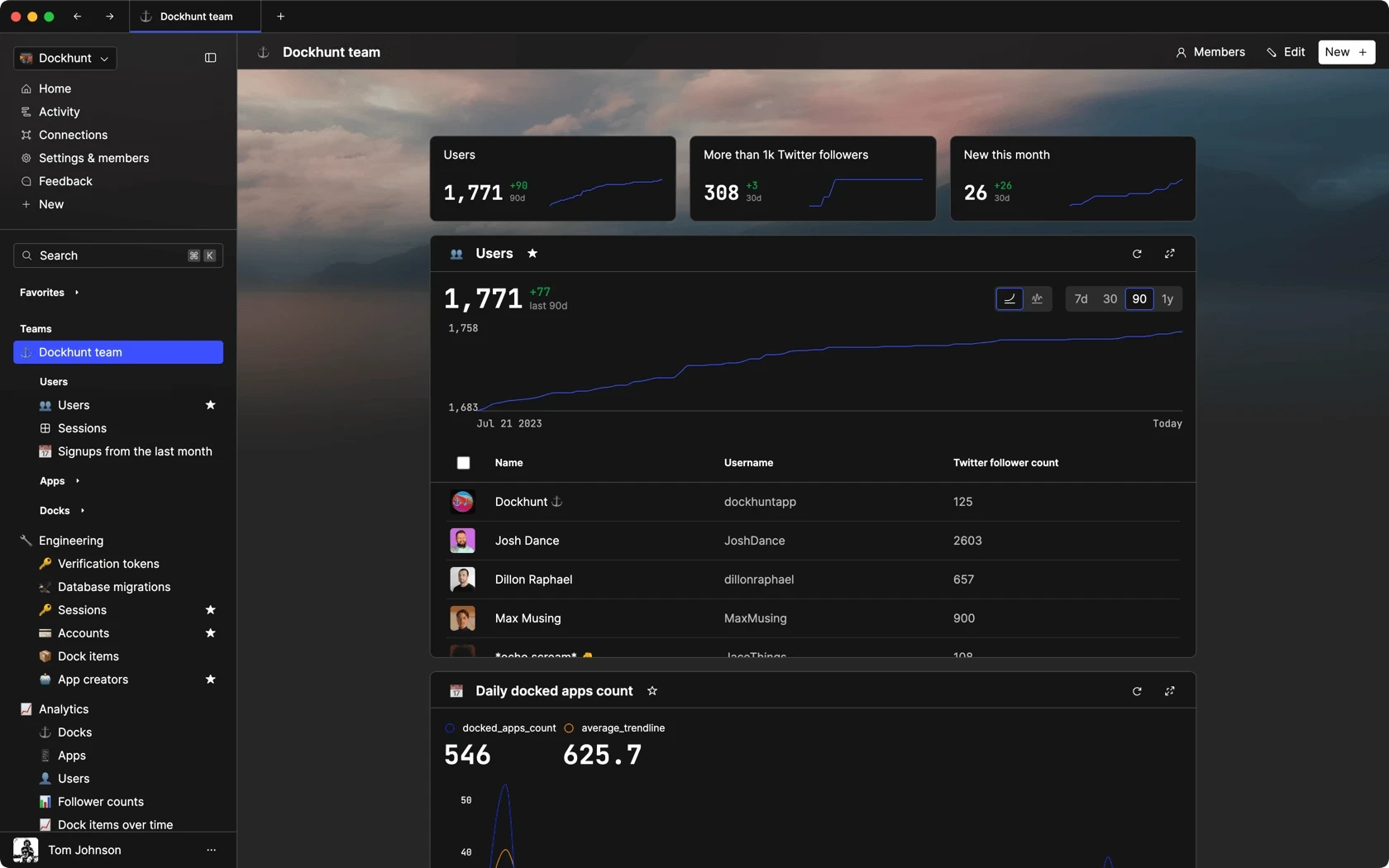
Dashboards and charts
Edit data, create records, oversee how your product is running without the need to build or manage custom software.
USER CRM
ADMIN PANEL
SQL COMPOSER WITH AI
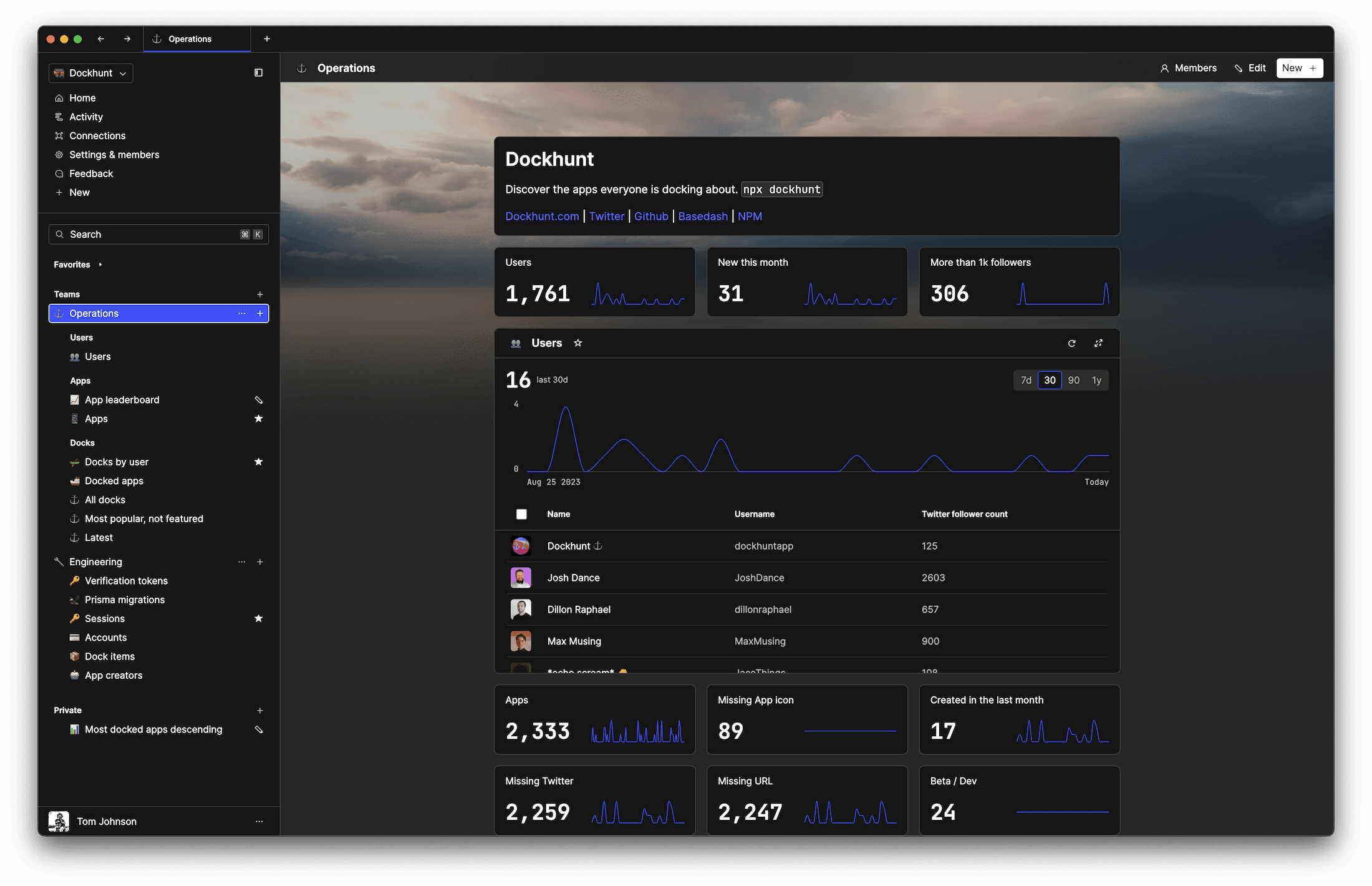
Related posts
Related posts
Related posts



How to Add Columns to MySQL Tables with ALTER TABLE
Robert Cooper



How to Add Columns to Your MySQL Table
Max Musing



Pivot Tables in MySQL
Robert Cooper



How to Rename a Table in MySQL
Max Musing



How to Optimize MySQL Tables for Better Performance
Robert Cooper



How to Display MySQL Table Schema: A Guide
Jeremy Sarchet
